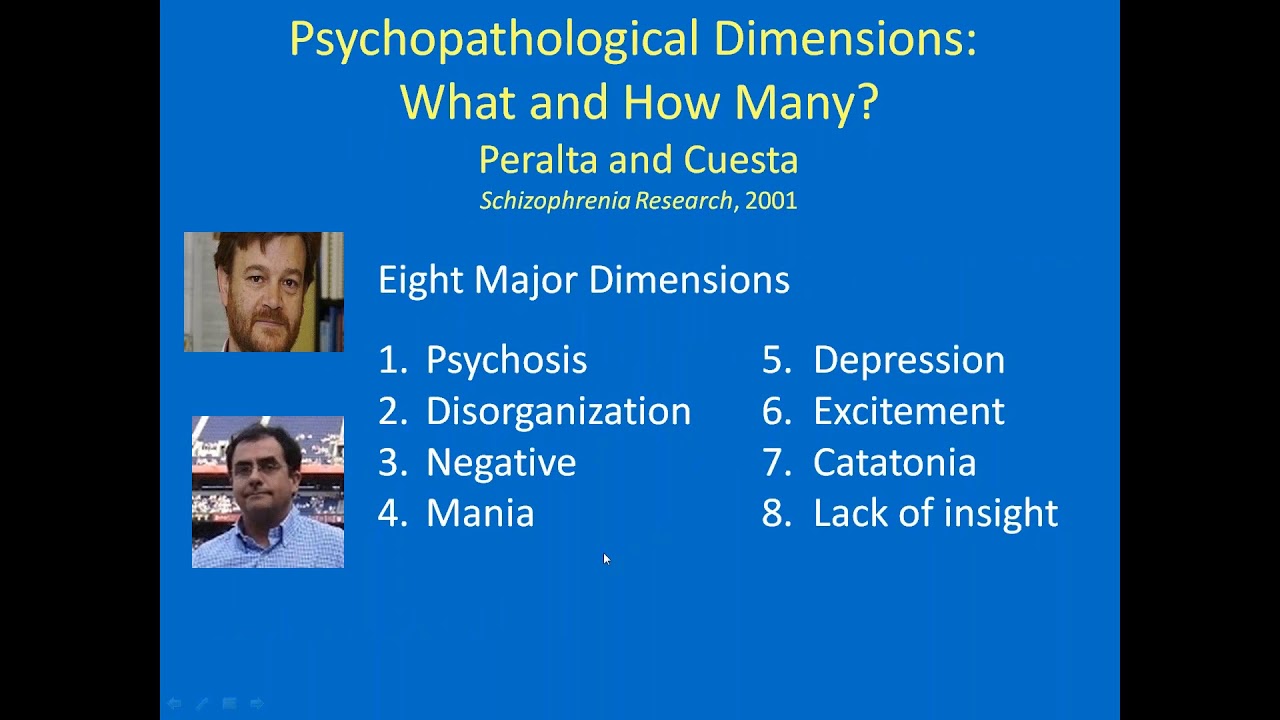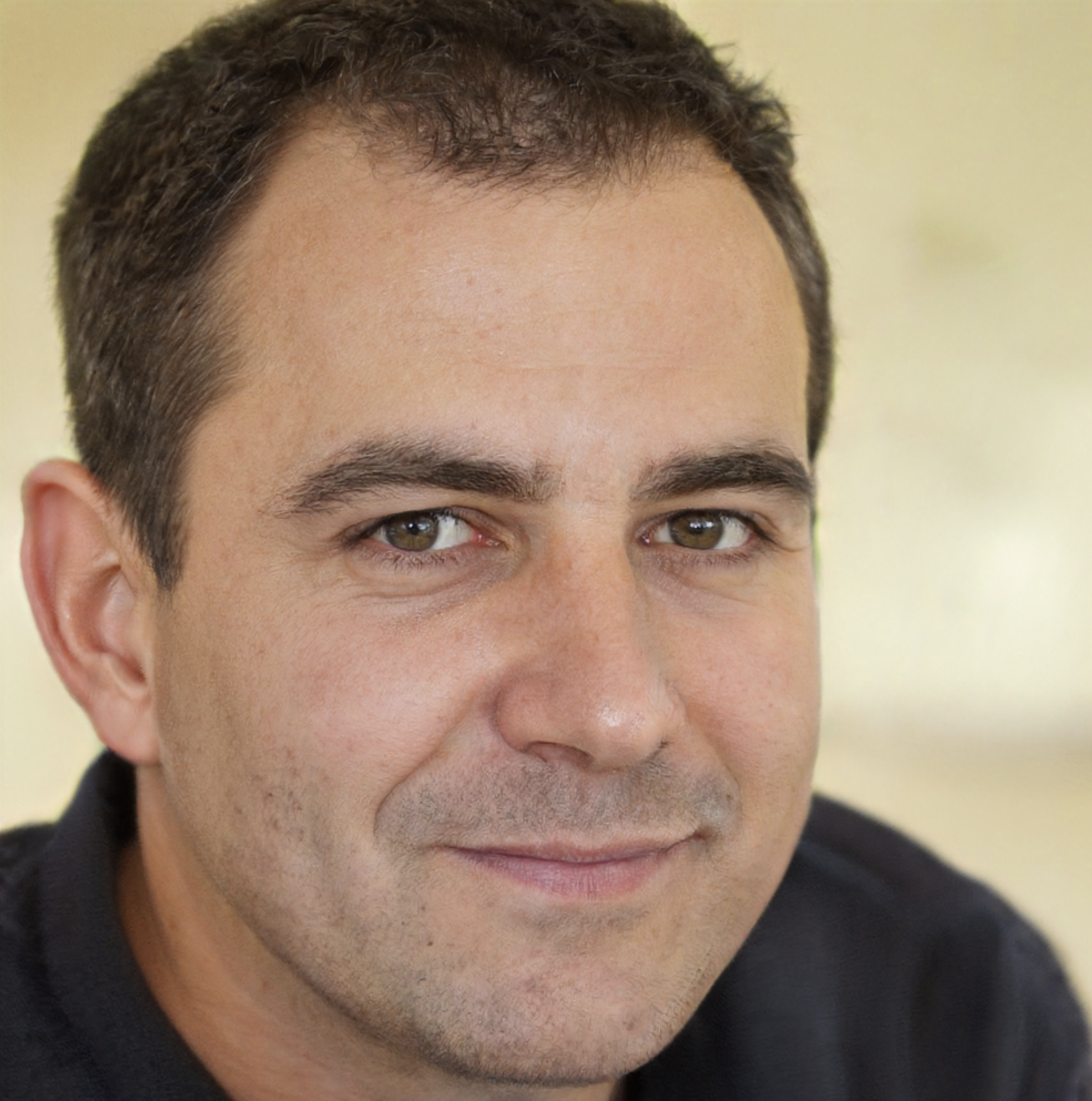What Is Psychic Behavior? And Its Different Types
The term "psychosis" refers to a variety of mental illnesses in which there is a loss of touch with reality. A psychic behavior episode occurs when someone becomes unwell in this way. During psychosis, a person's ideas and perceptions are disrupted, and he or she may have trouble distinguishing between what is genuine and what is not.
Author:Matteo CaravetaReviewer:Mia ThompsonApr 21, 202222 Shares510 Views

The term "psychosis" refers to a variety of mental illnesses in which there is a loss of touch with reality. A psychic behaviorepisode occurs when someone becomes unwell in this way. During psychosis, a person's ideas and perceptions are disrupted, and he or she may have trouble distinguishing between what is genuine and what is not.
Delusions (false beliefs) and hallucinations are two symptoms of psychosis (seeing or hearing things that others do not see or hear). Incoherent or meaningless speech, as well as conduct that is improper for the circumstances, are further signs. In addition to psychosis, a person may experience despair, anxiety, sleep issues, social disengagement, a lack of desire, and trouble functioning in general.
Psychic Behaviour Meaning
Psychicbehavioris a mental disorder in which it is difficult to distinguish between what is real and what is not. Delusions and hallucinations, among other things, are possible symptoms. Incoherent speech and conduct that is inappropriate for the circumstances are further indications. Sleep issues, social disengagement, a lack of enthusiasm, and difficulties carrying out everyday chores are all possibilities. Psychosis can lead to significant consequences.
Psychosis, like many other mental disorders, has a variety of origins. Mental illnesses including schizophrenia and schizoaffective disease, bipolar disorder, and, in rare situations, significant depression are among them. Trauma, sleep deprivation, various medical problems, some medicines, and narcotics, including cannabis, hallucinogens, and stimulants, are among the other causes.
One kind ofpsychic, known as postpartum psychosis, can occur after giving birth. Dopamine, a neurotransmitter, is thought to have a key function. If acute psychosis is caused by a mental disease, it is classified as primary, and if it is caused by a medical condition or medicine, it is classified as secondary. Other possible reasons must be ruled out before a mental health disorder may be diagnosed. Testing may be carried out to rule out the possibility of central nervous system illnesses, poisons, or other health issues as a reason.
Antipsychotic medication, psychotherapy, and social support are all options for treatment. Early therapy tends to have a positive impact on results. The effects of medications appear to be mild. The underlying reason determines the outcome. Psychosis affects roughly 3% of people in the United States at some point in their lives. In the Egyptian Ebers Papyrus, Hippocrates documented the disease at least as early as the 4th century BCE and possibly as early as 1500 BCE in the Ebers Papyrus.
Psychotic Behaviour Disorders
Psychotic diseases encompass a wide spectrum of conditions, each with its own set of symptoms. Psychotic disorders are defined as those that entail some type of altered or distorted view of reality that lasts for a long time and interferes with everyday functioning. Three out of every 100 people will have a psychotic episode at some point in their lives, with the onset of psychosis most typically occurring between the ages of 15 and 30.
Psychotic episodes can happen on their own, but they are typically a signor symptom of a deeper psychotic disease or mental health issue. A family history of psychotic illnesses or episodes (especially schizophrenia) and drug usage, particularly hallucinogenic substances, amphetamines, and cannabis, are some of the risk factors connected with psychotic disorders. A psychotic episode might be triggered by stressful life experiences.
Schizophrenia
Schizophrenia is a psychotic illness in which a person experiences psychiatric symptoms (such as hallucinations or delusions) for at least six months (with two or more symptoms present for the majority of the time over one month), as well as changes in behavior and interference with daily functioning (e.g. work or educational commitments).
Diagnosis can be difficult since symptoms might mimic those of other conditions, and the severity of the symptoms may not be expressed (e.g. people may not want to confide in anyone that they are hearing voices for fear of stigmatization, or due to paranoid delusions and mistrust of doctors).
Schizophreniform symptoms are comparable to schizophrenia, although they do not last for six months. When a person has signs of psychosis, schizophrenia, and another mood illness, schizoaffective disorder is diagnosed.
Bipolar Disorder
Bipolar disorder is a mood illness characterized by extreme mood fluctuations. Bipolar people frequently experience tremendous highs (mania or hypomania) followed by intense lows (depression or major depressive episode). Not everyone with bipolar disorder will suffer psychotic symptoms, but some will during manic or depressive periods. People suffering from manic episodes may experience highly grandiose sentiments or believe they possess unattainable powers (such as a guaranteed win in the lottery).
Psychic Behaviour Disorders Treatment Of Behavioural
Medication and psychotherapy are the two most common treatments for psychotic illnesses. Antipsychotics are the most common drugs used to treat psychotic illnesses. These drugs help to manage the disease's symptoms, including hallucinations and delusions.
Pimozide, haloperidol, chlorpromazine, and amisulpride are examples of antipsychotics. Depending on how the drugs affect each individual, the doctor may need to prescribe more than one prescription in a row until the right one is identified that achieves the desired outcomes.
Individual, family, and support group psychotherapy may be used to treat psychotic illnesses. While the majority of patients are treated as outpatients, in extreme circumstances, such as when the patient's physical well-being is at risk, hospitalization may be required to stabilize the patient's condition.
Self-help, in addition to medicine and psychotherapy, can assist in successfully treating psychotic conditions. It is critical for the patient to understand how to deal with these episodes when they occur, as well as how to seek treatment for psychosis. It is critical to study and understand as much as possible about the illness to live a healthy, happy, and fulfilled life.

Psychotic Disorders: Current Concepts and Therapeutics
Psychotic Behaviour Symptoms
An "episode" of psychosis is a period during which a person experiences psychotic symptoms. Some people only have a few psychotic episodes or a short episode that lasts a few days or weeks. Others will have more frequent symptoms as a result of a longer-term condition such as schizophrenia. Some of the symptoms are;
Hallucinations
A hallucination is a sensory experience that occurs without the presence of external stimuli. Illusions and perceptual distortions, on the other hand, are the misinterpretation of external stimuli. Hallucinations can affect any sense and take on almost any shape. Simple sensations (such as lights, colors, sounds, tastes, or odors) or more sophisticated experiences can be included (such as seeing and interacting with animals and people, hearing voices, and having complex tactile sensations). Hallucinations are often described as intense, uncontrolled visions. The most prevalent and noticeable aspect of psychosis is auditory hallucinations, particularly experiences of hearing voices.
Visual hallucinations are experienced by around a third of patients with schizophrenia, although rates as high as 55% have been documented. Bipolar disorder affects about 15% of the population. Although perceptual irregularities such as changes in lighting, shade, streaks, or lines may be noticed, most content includes active objects. Visions may contain feelings such as the earth tilting, and visual anomalies may contradict proprioceptive information. Lilliputian hallucinations are more prevalent in various kinds of encephalopathy, such as peduncular hallucinosis than in schizophrenia.
In the absence of stimuli, a visceral hallucination, also known as a synesthetic hallucination, is characterized by visceral feelings. Common synesthetic hallucinations include burning feelings or re-arrangement of internal organs.
Delusion
Delusional beliefs may be present in psychosis. A delusion is a persistent, erroneous, idiosyncratic belief that does not alter despite overwhelming evidence to the contrary. Delusions are contexted and culturally dependent: a belief that impairs critical performance and is widely regarded as delusory in one community may be widespread (and possibly adaptive) in another or the same population at a later time. Because normative perspectives may contradict accessible facts, a belief does not have to be contrary to cultural standards to be called delusory.
At present, bipolar disorder has a prevalence of roughly 50%, while schizophrenia has a prevalence of at least 90%.
A delusion can have a wide range of themes. A persecutory delusion is the most prevalent form, in which a person feels that an entity is attempting to harm them. Others include delusions of reference (the belief that some aspect of one's experience is a deliberate and specific act by or message from another entity), delusions of grandeur (the belief that one possesses special power or influence beyond one's actual limits), thought broadcasting (the belief that one's thoughts are audible), and thought insertion (the belief that one's thoughts are not one's own).
What Is The Cause Of Psychotic Behaviour?
Psychosis is a symptom, not a medical condition. A mental disease, a physical injury or sickness, substance misuse, excessive stress, or trauma can all provoke it. Psychotic illnesses, such as schizophrenia, cause psychosis to appear for the first time in late adolescence or early adulthood.
What Is The Most Common Psychotic Disorder?
Schizophrenia is the most prevalent psychotic illness. This condition produces long-term behavioral abnormalities, delusions, and hallucinations that interfere with social interactions, education, and work.
Conclusion
A psychic is a collection of symptoms that culminate in a distorted perception of reality. It might be a sign of more serious mental illness. People suffering from psychosis may have hallucinations or delusions. Sensory experiences that occur in the absence of a real stimulus are known as hallucinations. When a person is experiencing auditory hallucinations, they may hear their mother scolding them, even when their mother is not around. A person experiencing a visual hallucination may see something that isn't truly there, such as a person in front of them.
In addition, a person suffering from psychosis may have beliefs that are contradictory to the evidence. Delusions are the term for these kinds of thinking. Psychosis can lead to a lack of motivation and social disengagement in certain people.
These encounters can be terrifying. They may also lead to those suffering from psychosis harming themselves or others. If you or someone you know is suffering from symptoms of psychosis, get medical care immediately.

Matteo Caraveta
Author
In the heart of Rome, Matteo Caraveta was born under the influence of the number 9, a symbol of universal love and completion. His path into numerology was illuminated during a life-changing encounter on his 21st birthday, a date that numerologically signifies the beginning of a new cycle, under the mystical skies of Sedona, Arizona. This experience, marked by the convergence of powerful numerical energies, reshaped his destiny.
Matteo's numerology practice is enriched with the vibrational essence of numbers, particularly the harmonious number 2, symbolizing balance and partnership, which guides his consultations. His most profound moment came when he used the energy of number 5, the emblem of dynamic change, to navigate a client through a tumultuous career shift, leading them to a path filled with purpose and prosperity.
Now, Matteo Caraveta stands as a beacon of light in the numerical maze, guiding souls with the wisdom of numbers, where every consultation is a step towards understanding the universe's grand design. His journey embodies the transformative power of numerology, making Matteo not just a numerologist, but a navigator of life's numerical currents.

Mia Thompson
Reviewer
Mia Thompson is a versatile writer at Kansas Press, delving into a range of topics including news, spiritual exploration, astrology, and numerology. With a passion for delivering insightful and informative content, Mia's articles provide readers with valuable perspectives and thought-provoking insights into these intriguing subjects.
She is dedicated to creating content that resonates with readers and fosters a deeper understanding of complex topics.
Latest Articles
Popular Articles
